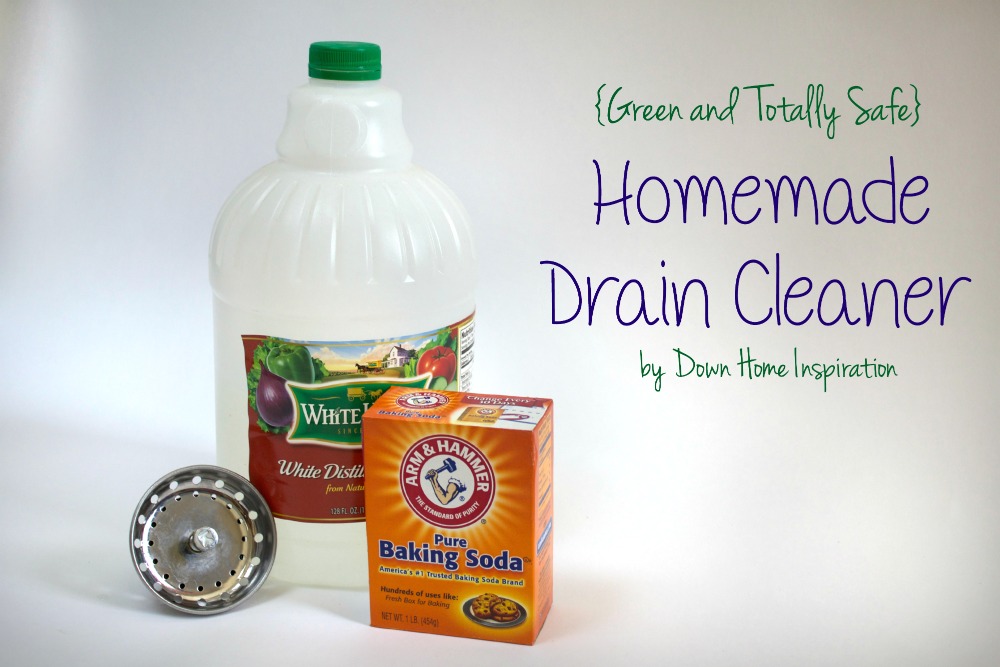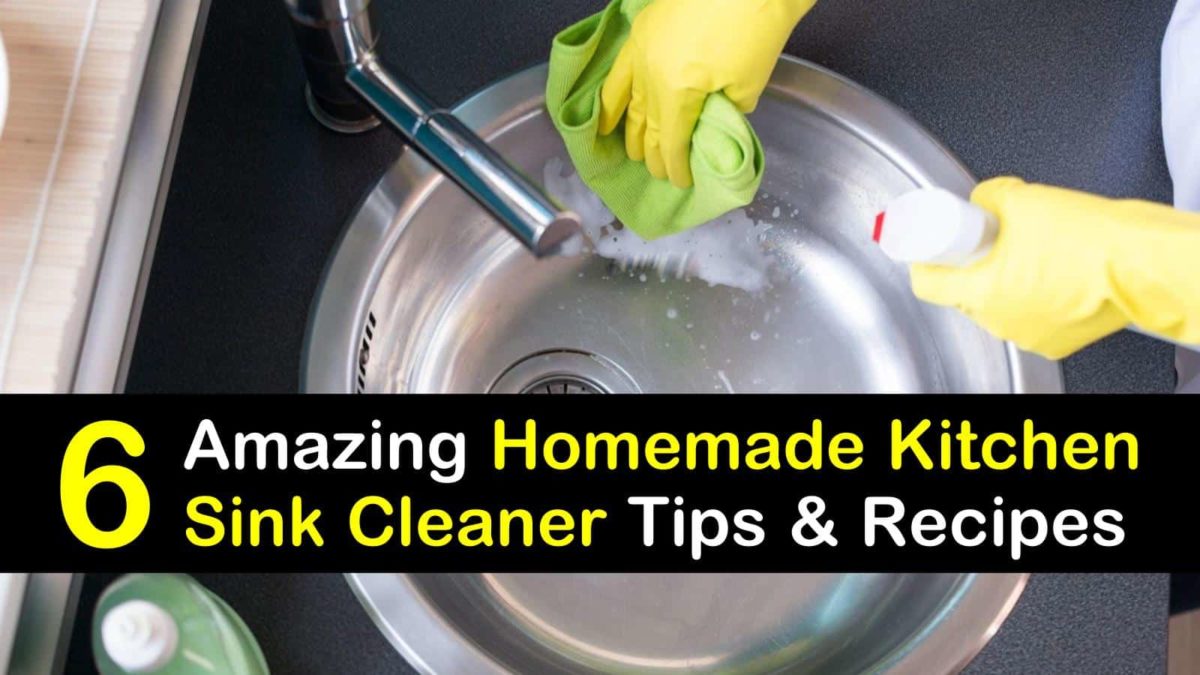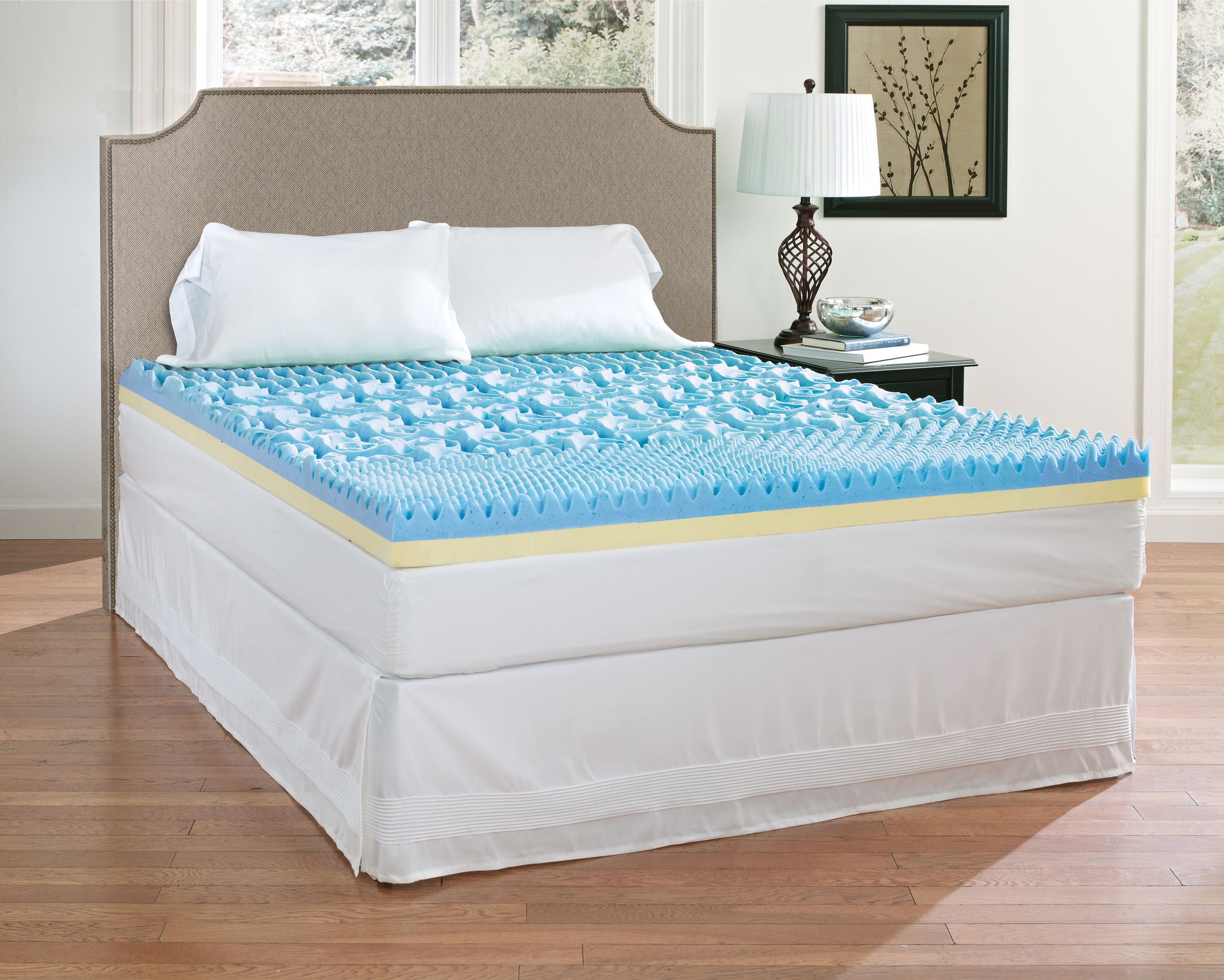If you've ever been frustrated by a clogged kitchen sink drain, you're not alone. It's a common problem that can happen to anyone, but the good news is that it's also something you can easily fix yourself with a few simple tools and some DIY know-how. No need to call a plumber or spend a ton of money on expensive drain cleaners – just follow these steps to unclog your kitchen sink drain in no time. First, you'll want to gather your supplies. You'll need a plunger, a pair of rubber gloves, and some baking soda and vinegar. If you don't have baking soda and vinegar on hand, you can also use dish soap and hot water. It's important to avoid using harsh chemicals, as they can damage your pipes and are not environmentally friendly. Next, place the plunger over the drain and make sure it is fully covering the opening. Use a wet cloth to cover any other nearby drains, as this will help create more suction. Then, start plunging up and down vigorously for about a minute. This will help dislodge any debris or build-up that is causing the clog. If the plunger doesn't work, it's time to move on to the baking soda and vinegar method. First, remove any standing water from the sink. Then, pour about half a cup of baking soda down the drain, followed by a cup of vinegar. The mixture will start to foam, which is a good sign – it means it's working! Let the mixture sit for about 10 minutes, then pour a pot of hot water down the drain to flush it out. If you don't have baking soda and vinegar, you can also try using dish soap and hot water. Simply squirt a generous amount of dish soap down the drain, followed by a pot of hot water. The soap will help break down any grease or oils that may be causing the clog. If these methods still don't work, you may need to use a drain snake to physically remove the clog. You can purchase a drain snake at any hardware store, or you can make your own using a wire hanger. Straighten out the hanger and bend one end into a small hook. Insert the hooked end into the drain and start twisting and pulling out any debris. Be sure to wear gloves for this method, as it can get messy. Another option is to use a wet/dry vacuum to suck out the clog. Simply place the vacuum hose over the drain and turn it on. This method works best for larger clogs that can't be removed with a plunger or drain snake. Once you've successfully unclogged your kitchen sink drain, it's important to take some preventive measures to avoid future clogs. Regularly pour boiling water down the drain to help break down any build-up, and avoid pouring grease or oils down the drain. You can also use a hair catcher to prevent hair from going down the drain and causing clogs. With these DIY methods, you can easily fix a clogged kitchen sink drain without breaking the bank. Just remember to avoid using harsh chemicals and to wear gloves when handling any debris. Happy unclogging!How to Unclog a Kitchen Sink Drain
Clogged kitchen sinks can be a major inconvenience, but luckily, they are also something that can be easily fixed with a little DIY effort. If you're dealing with a clogged sink, don't panic – just follow these simple steps to get your sink draining properly again. The first step is to locate the source of the clog. If you have a double sink, check to see if the other drain is also clogged. If it is, then the clog is most likely in the pipe that connects the two sinks. If only one sink is clogged, then the clog is in that particular drain. Next, try using a plunger to dislodge the clog. Make sure the plunger is fully covering the drain and use a wet cloth to cover any other nearby drains. Then, plunge up and down vigorously for about a minute. This should help break up any debris or build-up that is causing the clog. If the plunger doesn't work, you can try using a mixture of baking soda and vinegar to unclog the sink. Simply pour half a cup of baking soda down the drain, followed by a cup of vinegar. The mixture will start to foam, which means it's working. Let it sit for about 10 minutes, then pour a pot of hot water down the drain to flush it out. If you don't have baking soda and vinegar on hand, you can also use dish soap and hot water to unclog your sink. Squirt a generous amount of dish soap down the drain, followed by a pot of hot water. The soap will help break down any grease or oils that may be causing the clog. If these methods still don't work, you may need to use a drain snake to physically remove the clog. You can purchase a drain snake at any hardware store, or you can make your own using a wire hanger. Straighten out the hanger and bend one end into a small hook. Insert the hooked end into the drain and start twisting and pulling out any debris. Another option is to use a wet/dry vacuum to suck out the clog. Simply place the vacuum hose over the drain and turn it on. This method works best for larger clogs that can't be removed with a plunger or drain snake. Once you've successfully unclogged your kitchen sink, be sure to take some preventive measures to avoid future clogs. Regularly pour boiling water down the drain to help break down any build-up, and avoid pouring grease or oils down the drain. You can also use a hair catcher to prevent hair from going down the drain and causing clogs. By following these simple DIY methods, you can easily fix a clogged kitchen sink without spending a ton of money on expensive drain cleaners or calling a plumber. So don't stress – just roll up your sleeves and get your sink back to working order in no time.How to Fix a Clogged Kitchen Sink
A clogged kitchen sink drain is not only frustrating, but it can also cause damage to your pipes if left untreated. Luckily, there are several DIY methods you can try to fix a clogged drain without having to call a plumber. Here are a few options for repairing your kitchen sink drain. The first step is to gather your supplies. You'll need a plunger, a pair of rubber gloves, and some baking soda and vinegar. If you don't have these items on hand, you can also use dish soap and hot water. It's important to avoid using harsh chemicals, as they can damage your pipes and are not environmentally friendly. If using a plunger doesn't work, you can try using a mixture of baking soda and vinegar to unclog the drain. Pour half a cup of baking soda down the drain, followed by a cup of vinegar. The mixture will start to foam, which means it's working. Let it sit for about 10 minutes, then pour a pot of hot water down the drain to flush it out. If you don't have baking soda and vinegar, you can also use dish soap and hot water to unclog the sink. Squirt a generous amount of dish soap down the drain, followed by a pot of hot water. The soap will help break down any grease or oils that may be causing the clog. If these methods don't work, you may need to use a drain snake to physically remove the clog. You can purchase a drain snake at any hardware store, or you can make your own using a wire hanger. Straighten out the hanger and bend one end into a small hook. Insert the hooked end into the drain and start twisting and pulling out any debris. Another option is to use a wet/dry vacuum to suck out the clog. Simply place the vacuum hose over the drain and turn it on. This method works best for larger clogs that can't be removed with a plunger or drain snake. Once you've successfully unclogged your kitchen sink drain, it's important to take some preventive measures to avoid future clogs. Regularly pour boiling water down the drain to help break down any build-up, and avoid pouring grease or oils down the drain. You can also use a hair catcher to prevent hair from going down the drain and causing clogs. With these DIY methods, you can easily repair a clogged kitchen sink drain without breaking the bank. Just remember to avoid using harsh chemicals and to wear gloves when handling any debris. Happy fixing!DIY Kitchen Sink Drain Repair
A clogged kitchen sink drain is not only annoying, but it can also be a major inconvenience. Luckily, there are several DIY methods you can try to fix a clogged drain without having to call a plumber. Here's an easy remedy you can try using items you probably already have in your kitchen. The first step is to remove any standing water from the sink. Then, pour about half a cup of baking soda down the drain, followed by a cup of vinegar. The mixture will start to foam, which means it's working. Let it sit for about 10 minutes, then pour a pot of hot water down the drain to flush it out. If you don't have baking soda and vinegar, you can also use dish soap and hot water to unclog the sink. Squirt a generous amount of dish soap down the drain, followed by a pot of hot water. The soap will help break down any grease or oils that may be causing the clog. If these methods don't work, you may need to use a drain snake to physically remove the clog. You can purchase a drain snake at any hardware store, or you can make your own using a wire hanger. Straighten out the hanger and bend one end into a small hook. Insert the hooked end into the drain and start twisting and pulling out any debris. Another option is to use a wet/dry vacuum to suck out the clog. Simply place the vacuum hose over the drain and turn it on. This method works best for larger clogs that can't be removed with a plunger or drain snake. Once you've successfully unclogged your kitchen sink, be sure to take some preventive measures to avoid future clogs. Regularly pour boiling water down the drain to help break down any build-up, and avoid pouring grease or oils down the drain. You can also use a hair catcher to prevent hair from going down the drain and causing clogs. With this easy DIY remedy, you can quickly and easily fix a clogged kitchen sink without having to spend a lot of money on expensive drain cleaners. So next time you're faced with a clogged drain, give this method a try.Easy DIY Kitchen Sink Clog Remedy
If you're dealing with a clogged kitchen sink drain, you don't have to resort to using harsh chemicals or calling a plumber. There are several DIY methods you can try using items you probably already have in your kitchen. Here's how to use baking soda and vinegar to unclog your kitchen sink drain. The first step is to gather your supplies. You'll need baking soda, vinegar, a plunger, and a pot of hot water. First, remove any standing water from the sink. Then, pour about half a cup of baking soda down the drain, followed by a cup of vinegar. The mixture will start to foam, which means it's working. Let it sit for about 10 minutes, then pour a pot of hot water down the drain to flush it out. If this method doesn't work, you can also try using dish soap and hot water. Squirt a generous amount of dish soap down the drain, followed by a pot of hot water. The soap will help break down any grease or oils that may be causing the clog. If these methods still don't work, you may need to use a plunger to dislodge the clog. Place the plunger over the drain and make sure it is fully covering the opening. Use a wet cloth to cover any other nearby drains, as this will help create more suction. Then, start plunging up and down vigorously for about a minute. If the plunger doesn't work, you can try using a drain snake to physically remove the clog. You can purchase a drain snake at any hardware store, or you can make your own using a wire hanger. Straighten out the hanger and bend one end into a small hook. Insert the hooked end into the drain and start twisting and pulling out any debris. Another option is to use a wet/dry vacuum to suck out the clog. Simply place the vacuum hose over the drain and turn it on. This method works best for larger clogs that can't be removed with a plunger or drain snake. Once you've successfully unclogged your kitchen sink, it's important to take some preventive measures to avoid future clogs. Regularly pour boiling water down the drain to help break down any build-up, and avoid pouring grease or oils down the drain. You can also use a hair catcher to prevent hair from going down the drain and causing clogs. With these DIY methods, you can easily and effectively unclog your kitchen sink using baking soda and vinegar. So next time you're faced with a clogged drain, try this natural and environmentally friendly solution.Unclogging a Kitchen Sink with Baking Soda and Vinegar
A clogged kitchen sink drain is a common problem that can be easily fixed with some DIY know-how. If you're dealing with a clogged sink, don't reach for the harsh chemicals – try this DIY drain cleaner instead.DIY Kitchen Sink Drain Cleaner
Maximizing Space and Functionality with a DIY Block Pipe Kitchen Sink

Creating a Practical and Stylish Kitchen
 When it comes to designing a functional and stylish kitchen, every detail matters. From the appliances to the countertops, each element plays a crucial role in the overall look and feel of the space. However, one often overlooked but essential aspect is the kitchen sink. It is the most used and often abused feature in any kitchen, and that is why choosing the right one is crucial. A DIY block pipe kitchen sink is an excellent option for those looking to add a touch of creativity and practicality to their kitchen while staying on a budget.
DIY block pipe kitchen sinks
are made using a combination of materials, such as concrete, blocks, and pipes, to create a unique and customizable design. They offer a rustic and industrial look that is both modern and timeless. Additionally, these types of sinks are highly durable and can withstand heavy use and wear and tear.
When it comes to designing a functional and stylish kitchen, every detail matters. From the appliances to the countertops, each element plays a crucial role in the overall look and feel of the space. However, one often overlooked but essential aspect is the kitchen sink. It is the most used and often abused feature in any kitchen, and that is why choosing the right one is crucial. A DIY block pipe kitchen sink is an excellent option for those looking to add a touch of creativity and practicality to their kitchen while staying on a budget.
DIY block pipe kitchen sinks
are made using a combination of materials, such as concrete, blocks, and pipes, to create a unique and customizable design. They offer a rustic and industrial look that is both modern and timeless. Additionally, these types of sinks are highly durable and can withstand heavy use and wear and tear.
The Benefits of a DIY Block Pipe Kitchen Sink
 One of the main benefits of a DIY block pipe kitchen sink is its versatility. The materials used to create this type of sink can be easily sourced and can be cut and shaped to fit any kitchen layout. This allows you to customize the size and design of your sink to suit your specific needs and preferences. Additionally, the materials used are affordable, making it a budget-friendly option for those looking to upgrade their kitchen without breaking the bank.
Another advantage of a DIY block pipe kitchen sink is its sturdiness. Concrete and blocks are known for their durability, making them an excellent choice for a sink that will endure heavy use. This type of sink can withstand hot temperatures, heavy pots and pans, and even the occasional accidental drop of a dish. It is a practical choice for busy kitchens or households with children.
One of the main benefits of a DIY block pipe kitchen sink is its versatility. The materials used to create this type of sink can be easily sourced and can be cut and shaped to fit any kitchen layout. This allows you to customize the size and design of your sink to suit your specific needs and preferences. Additionally, the materials used are affordable, making it a budget-friendly option for those looking to upgrade their kitchen without breaking the bank.
Another advantage of a DIY block pipe kitchen sink is its sturdiness. Concrete and blocks are known for their durability, making them an excellent choice for a sink that will endure heavy use. This type of sink can withstand hot temperatures, heavy pots and pans, and even the occasional accidental drop of a dish. It is a practical choice for busy kitchens or households with children.
Incorporating a DIY Block Pipe Kitchen Sink into Your Kitchen Design
/how-to-install-a-sink-drain-2718789-hero-24e898006ed94c9593a2a268b57989a3.jpg) A DIY block pipe kitchen sink can add a touch of uniqueness and character to any kitchen. It can be seamlessly incorporated into various design styles, from modern and minimalist to rustic and industrial. You can choose to leave the materials in their natural state for a raw and rugged look, or you can paint or seal them for a more polished appearance. The possibilities are endless, allowing you to create a one-of-a-kind kitchen sink that reflects your personal style.
In conclusion, a DIY block pipe kitchen sink is an excellent choice for those looking to add functionality and style to their kitchen without breaking the bank. Its versatility, durability, and customizable nature make it an attractive option for any homeowner looking to upgrade their kitchen. So why settle for a generic, store-bought sink when you can create a unique and practical one with just a few materials and a little bit of creativity?
A DIY block pipe kitchen sink can add a touch of uniqueness and character to any kitchen. It can be seamlessly incorporated into various design styles, from modern and minimalist to rustic and industrial. You can choose to leave the materials in their natural state for a raw and rugged look, or you can paint or seal them for a more polished appearance. The possibilities are endless, allowing you to create a one-of-a-kind kitchen sink that reflects your personal style.
In conclusion, a DIY block pipe kitchen sink is an excellent choice for those looking to add functionality and style to their kitchen without breaking the bank. Its versatility, durability, and customizable nature make it an attractive option for any homeowner looking to upgrade their kitchen. So why settle for a generic, store-bought sink when you can create a unique and practical one with just a few materials and a little bit of creativity?




:max_bytes(150000):strip_icc()/freshen-and-unclog-drain-with-baking-soda-1900466-22-bbf940b70afa4d5abef0c54da23b1d3f.jpg)
:max_bytes(150000):strip_icc()/how-to-unclog-a-kitchen-sink-2718799_sketch_FINAL-8c5caa805a69493ab22dfb537c72a1b7.png)







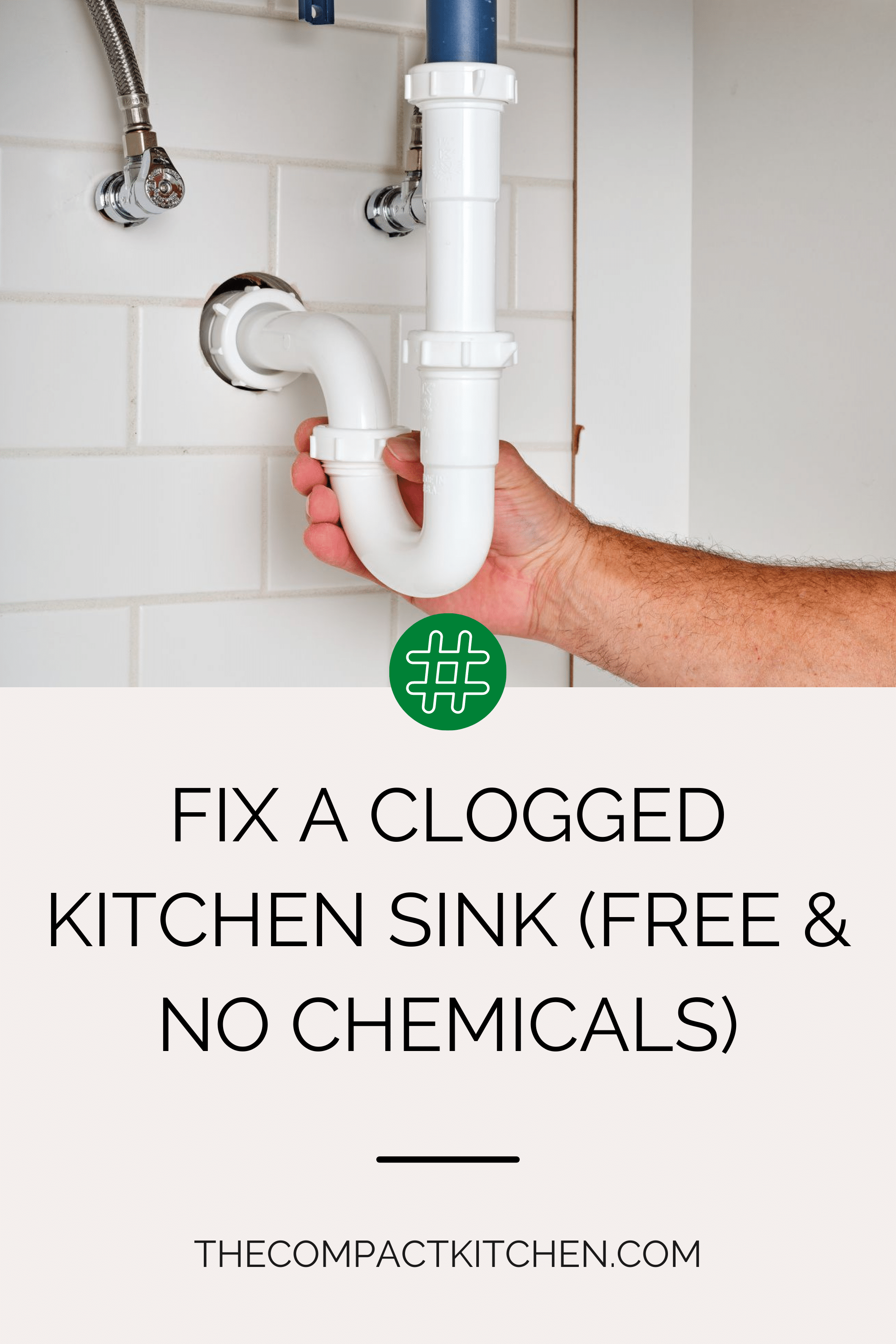



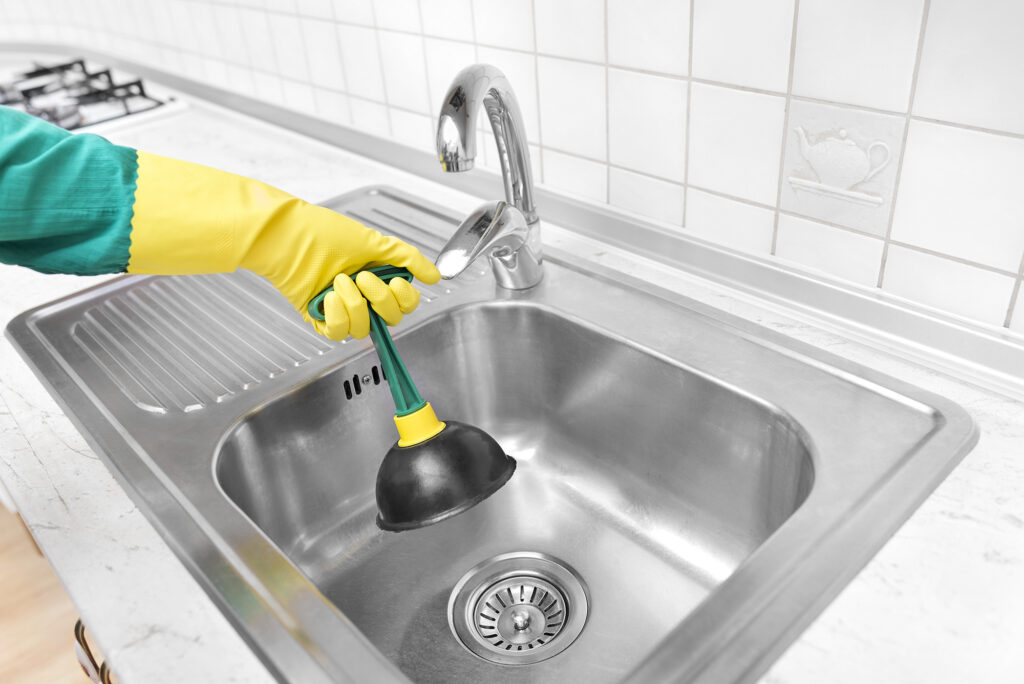


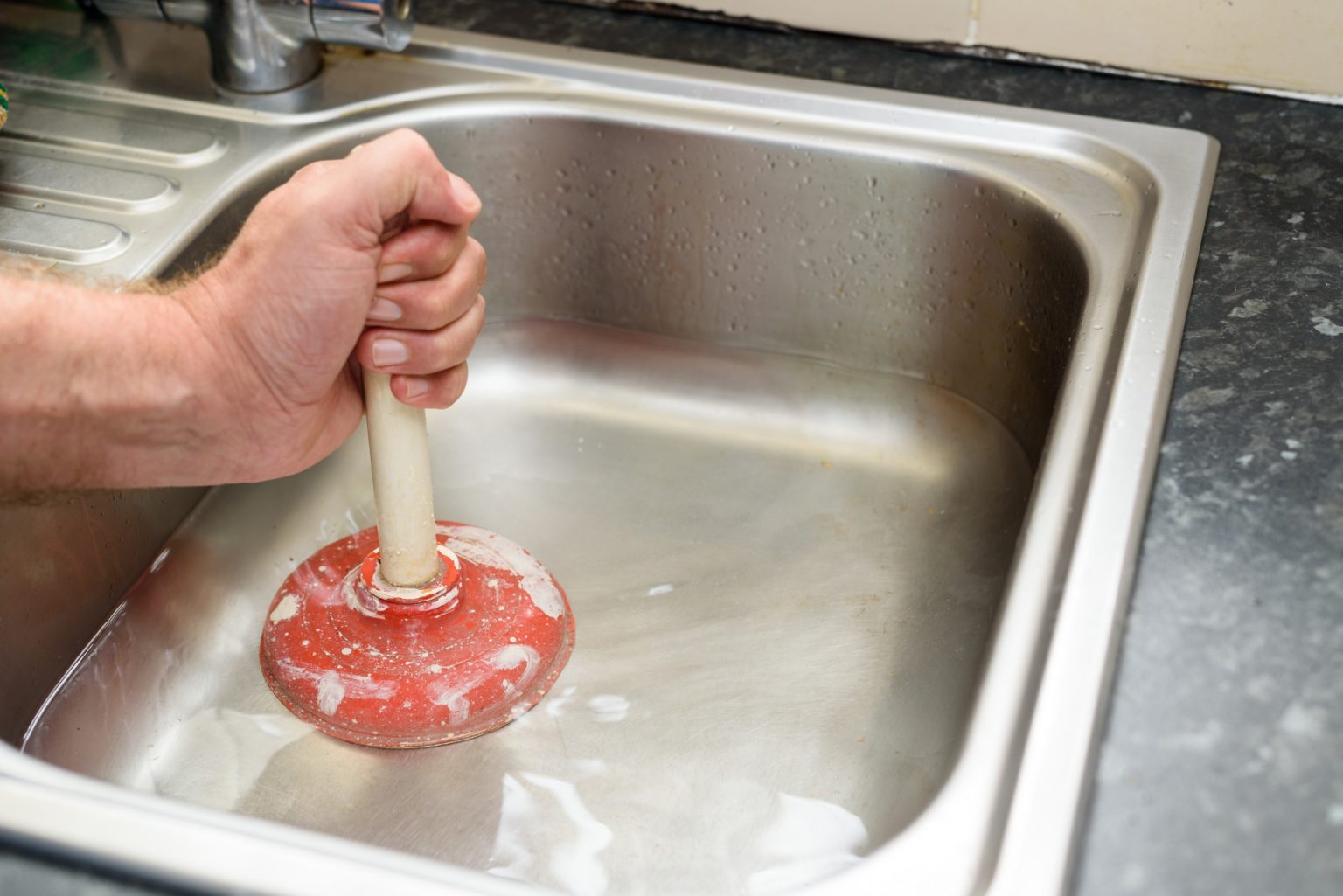






/how-to-install-a-sink-drain-2718789-hero-b5b99f72b5a24bb2ae8364e60539cece.jpg)
















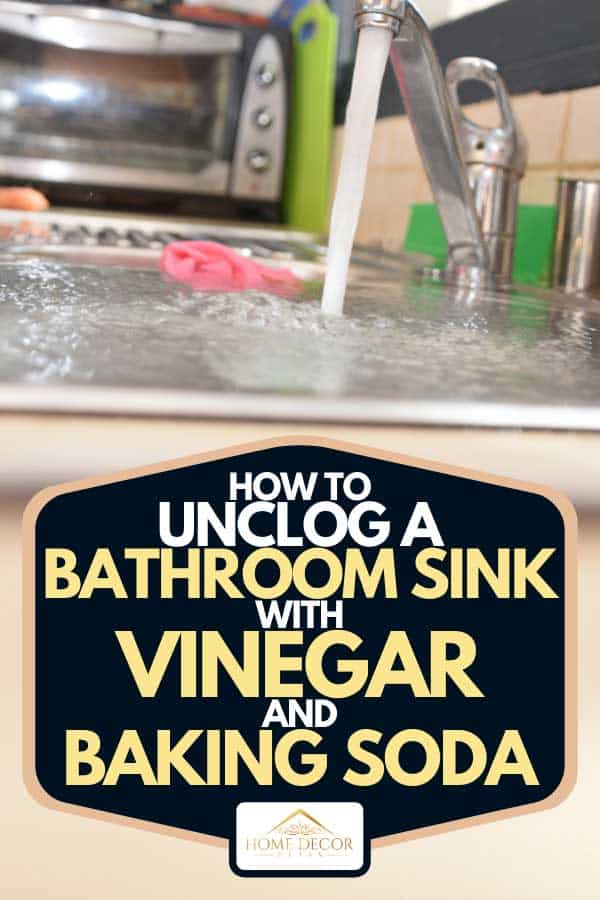

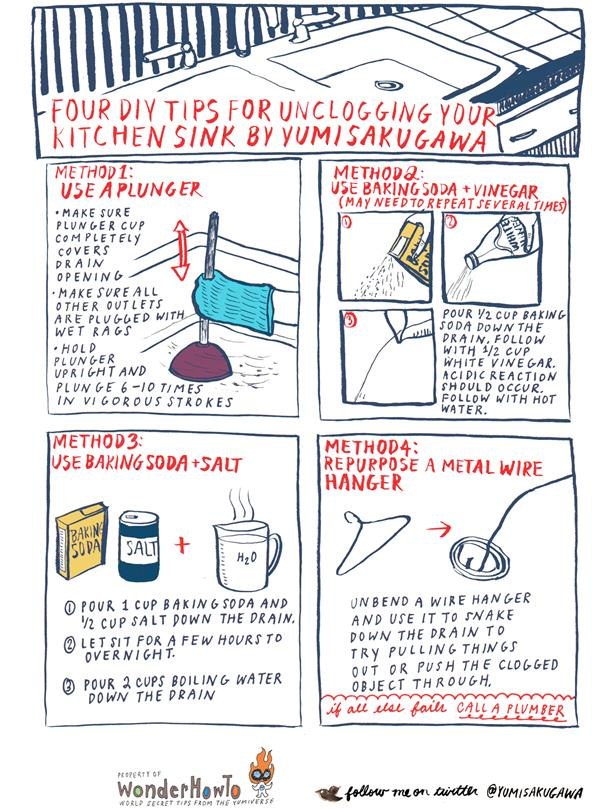


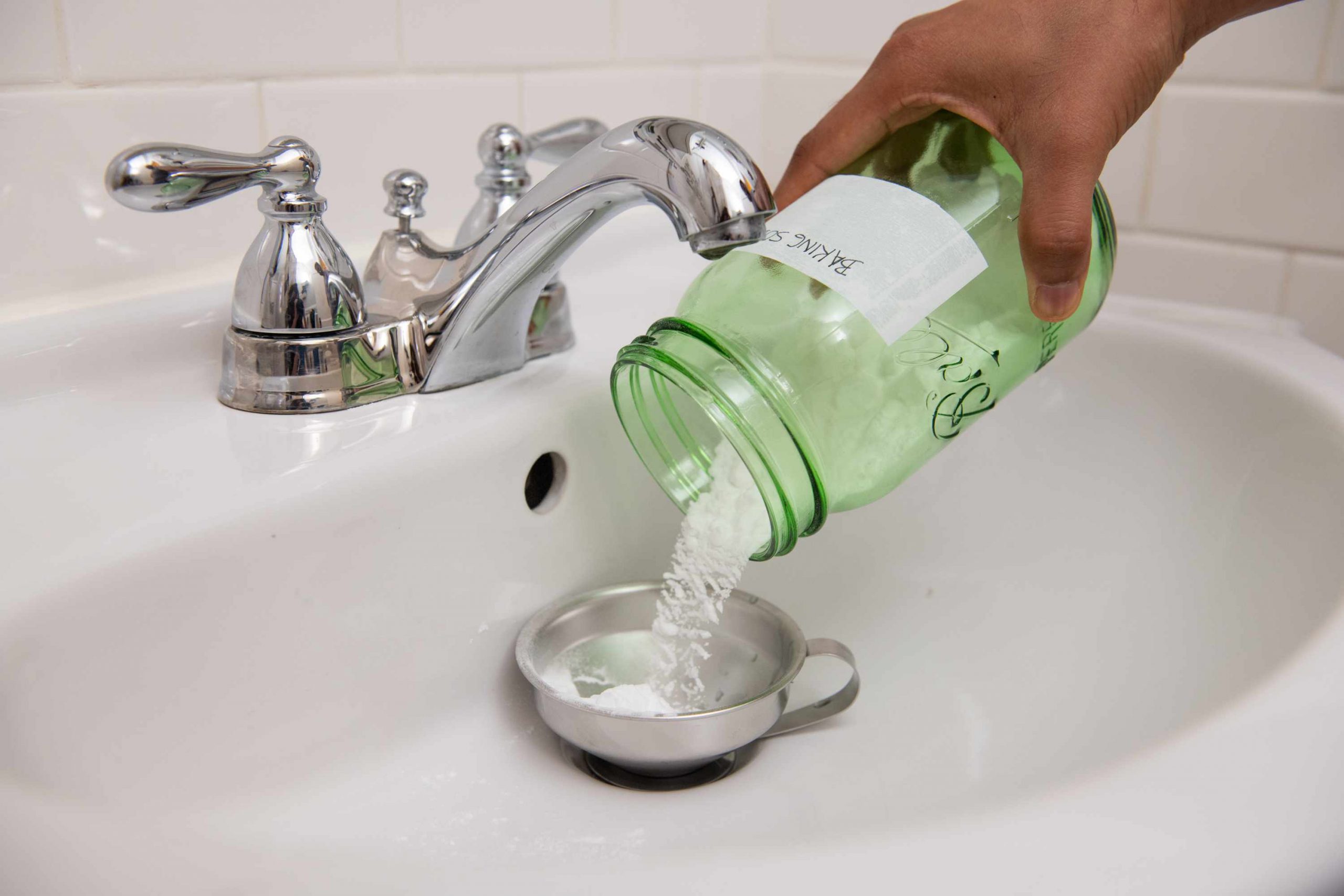
:max_bytes(150000):strip_icc()/freshen-and-unclog-drain-with-baking-soda-1900466-18-1a5b5da01939471ca8f8823865bd1ce8.jpg)




